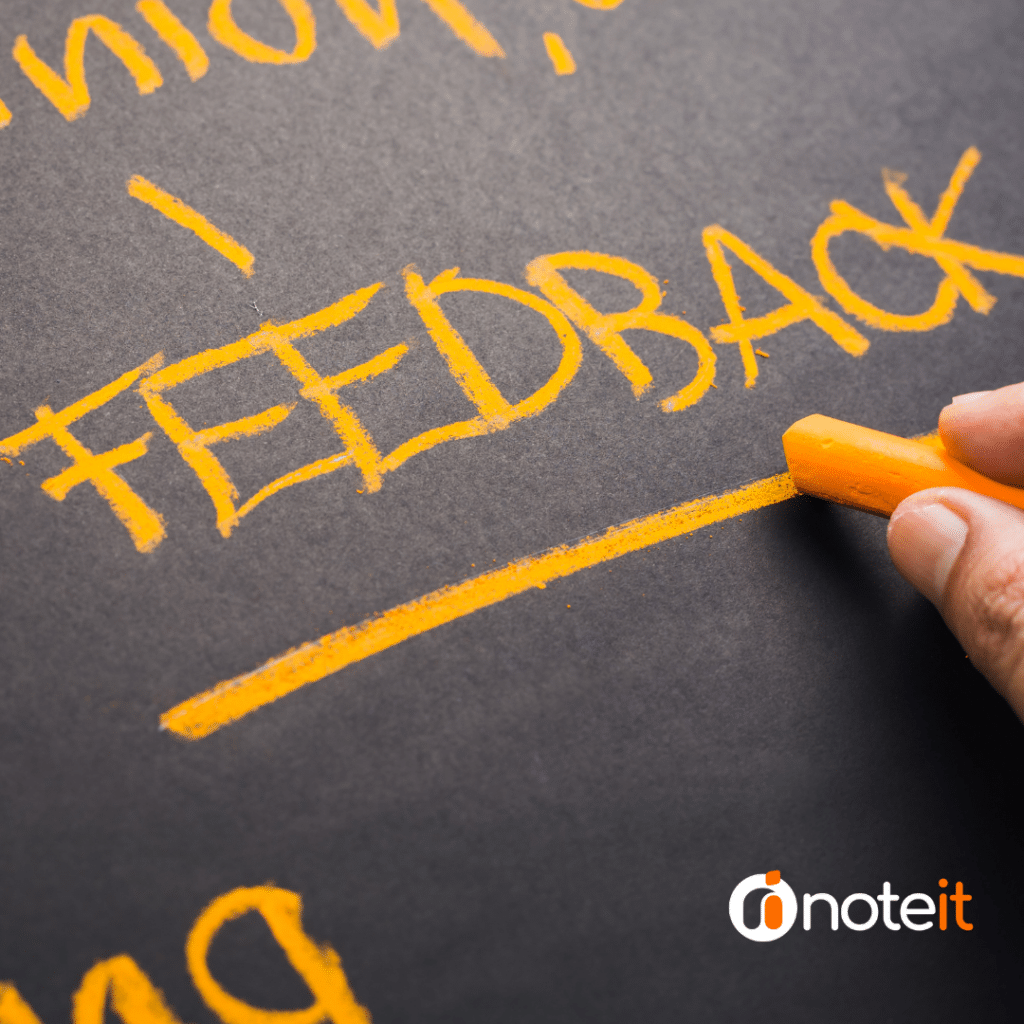Continuous performance management (CPM) is a system that evaluates and provides feedback to employees on an ongoing basis. This system helps organisations improve the performance of their staff by providing them with timely, relevant, and actionable feedback.
It allows employees to take control of their development by providing new systems for both training and evaluation. This approach provides transparency around how people are performing, which makes the entire team more committed to helping one another succeed.
As opposed to a one-size-fits-all management plan, continuous performance management is a tailored and unique approach to working with employees that customises the company's approach to meet the needs of different teams and departments.
Continuous performance management is important because it helps you keep track of your employees' performance. Plus, it gives you clear indications of how they're doing, if they need any additional support, or if they could handle more responsibility and deserve a raise. By having a structured CPM system in place, you're setting and maintaining high standards for your organization.
What are the benefits of continuous performance management?
Organisations that dedicate time to review performance and assessment regularly are more likely to see increased employee motivation as they're encouraged to consider their goals more often. This makes sense, as employees' goals will change and develop more frequently than once a year.
In addition, by having a CPM plan, you're creating open lines of communication with your employees of what is expected of them and by when, creating accountability and ownership of projects and tasks. This can help your company build trust with its employees while also encouraging them to become better professionals. By putting this approach into place, you can increase your company's overall performance.
Continuous performance management offers a humanised approach to managing your team and allows employees to grow professionally without feeling threatened by the less frequent and more structured feedback. This environment of trust encourages employee engagement, which is beneficial for both sales productivity and customer satisfaction levels.
This results in higher:
- employee engagement
- trust within your organization
- employee retainment
- connection and communication
What are some features of effective continuous performance management?
The purpose of CPM is for improved communication and to enhance the performance of your organization. When your employees do good work that aligns with the business objectives, it improves your overall performance.
Some features of a clear and effective continuous performance management system include:
Direct, helpful feedback: When giving employee reviews, managers should focus on providing constructive criticism based on clear, specific examples. This gives employees a better idea of what to do and not do in the future.
Clear goals and expectations: Employees should be given their goals several weeks before any assessments occur so that they have time to reflect on what it takes to meet those standards.
Activity tracking: Managers should assign employees tasks that are both challenging and attainable. When employees know what's expected of them, they're more motivated to succeed.
What is the main difference between traditional performance management and continuous performance?
Traditional performance management focuses on evaluating employees once or twice per year, while continuous performance management assesses individuals on a regular basis or immediately following every significant event.
One of the significant differences between these two approaches is that this process occurs frequently, allowing for on-the-spot coaching and development. This allows for continuous feedback and more frequent opportunities to improve performance.
How is streamlining employee performance reviews beneficial?
Streamlining performance reviews can help companies pinpoint areas of concern throughout the year in an efficient manner. This improves problem-solving time and reduces stress levels associated with the annual performance review process.
It also allows employees to be more engaged in their day-to-day work because they better understand how their work is being evaluated. Plus, it avoids any potential stress or anxiety around a single, annual review as your employees’ are aware of where they stand within their teams and the wider organisation at all times.
Some tips for effective continuous performance management
If you'd like to introduce CPM into your organization, here are our three top tips:
Knowing how much feedback is enough: Managers should provide clear expectations for their employees that are attainable but still challenging enough to push employees.
Use specific, factual examples: Using non-specific traits like "attitude" or "effort" can lead to ineffectual assessments that don't help employees improve in the future. Instead of writing "John had a bad attitude," managers should pinpoint an incident when John made another employee feel disrespected.
Consider the timing of feedback: Employees should be assigned goals that are both challenging and achievable. Managers should also schedule evaluations in advance so that employees can reflect on their work and goals before assessments take place. Employers may want to avoid giving feedback during busy times, such as meeting a project deadline.
Ultimately, continuous performance management is all about growth and development, creating a culture where employees are comfortable giving feedback. It fosters a forward-looking mindset and strengthens relationships between managers and employees. In an effective CPM, employees, and therefore organisations, reach their full potential.
Have you been thinking about introducing continuous performance management into your organisation? Speak to our team here at Note It to find out more.



